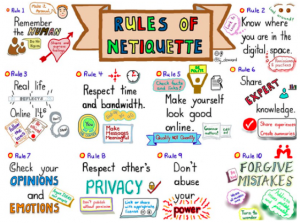
Everyone is writing about the shift to digital teaching in wake of the coronavirus crisis. The focus on Twitter and diverse blogs seems to be mainly on how to use various conferencing and digital tools, such as Zoom, Flip Grid, and Padlet. Since both Maria and I live in somewhat rural areas with unbelievably poor internet connections, complete home office is not a possibility for us, and we are wondering how many students will have problems to use tools that require a high-speed internet connection. Those students won’t have the opportunity, though, to make use of university resources as we can. For that reason alone – and we are sure there are many others – most of the advice columns say to keep digital classes simple and synchronous learning limited. We would, therefore, like to offer our readers a few suggestions for the teaching of American Studies that may ease the burden. Why re-create the wheel when you don’t need to?









